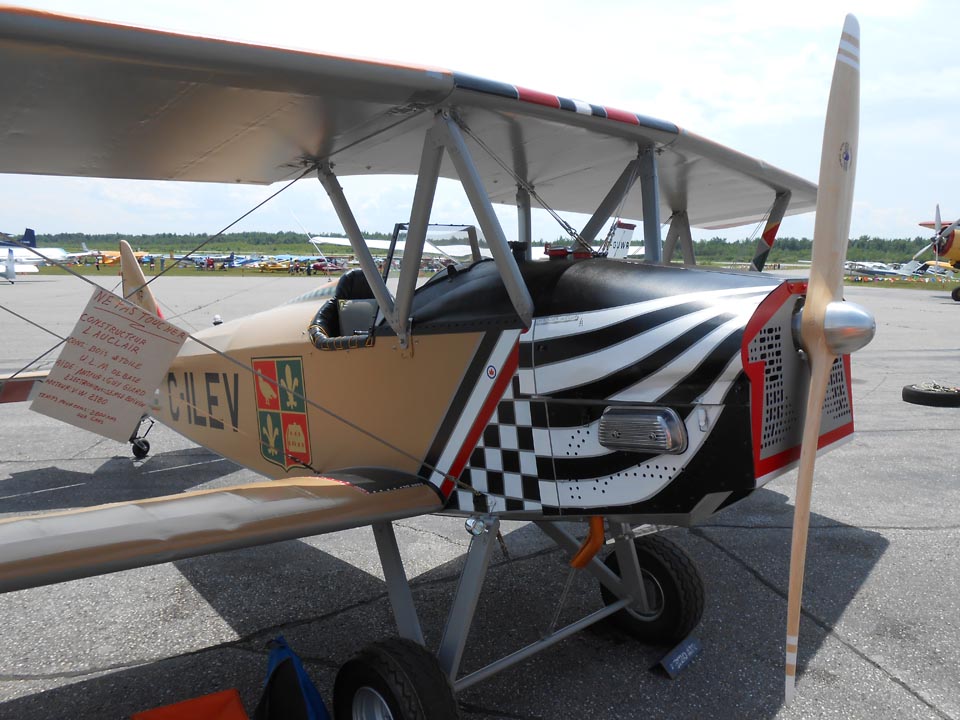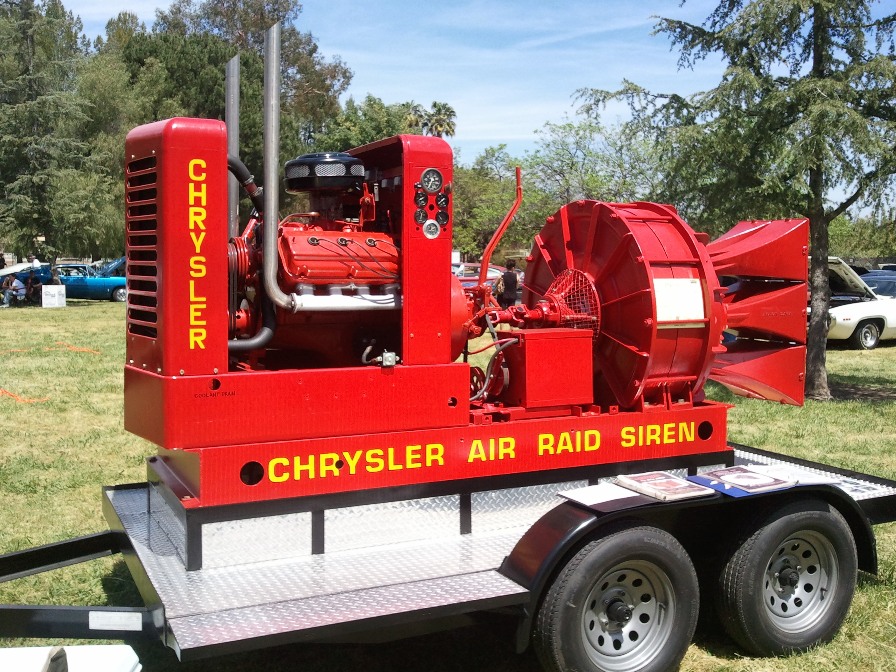valittu
Pre-takeoff checklist
I want to build a Bower's Flybaby and I'm back and forth between building from scratch and restoring an existing one. I have two viable options:
A. Scratch building the plane would insure that I'd know every inch of it.
B. Completing a "work in progress" or possible restoration project seems more time efficient in the even I get bored. I'm not sure what my attention span is like yet.
I'm leaning towards option B.
What I thought might be a good idea for me is to either assemble a new engine(Aerovee or 1/2VW) or buy a block and completely rebuild a Corvair or Continental just to familiarize myself with the care and maintenance of a combustion engine. I think I would get more out of building of engine than the airplane. I figure the engine build/rebuild I could be working now while I shop for and evaluate projects found on Barnstormer and other sights.
I have no real timeline because this plane is for futzing in retirement. Am I at a disadvantage in any way securing the powerplant first?
A. Scratch building the plane would insure that I'd know every inch of it.
B. Completing a "work in progress" or possible restoration project seems more time efficient in the even I get bored. I'm not sure what my attention span is like yet.
I'm leaning towards option B.
What I thought might be a good idea for me is to either assemble a new engine(Aerovee or 1/2VW) or buy a block and completely rebuild a Corvair or Continental just to familiarize myself with the care and maintenance of a combustion engine. I think I would get more out of building of engine than the airplane. I figure the engine build/rebuild I could be working now while I shop for and evaluate projects found on Barnstormer and other sights.
I have no real timeline because this plane is for futzing in retirement. Am I at a disadvantage in any way securing the powerplant first?
Last edited:





